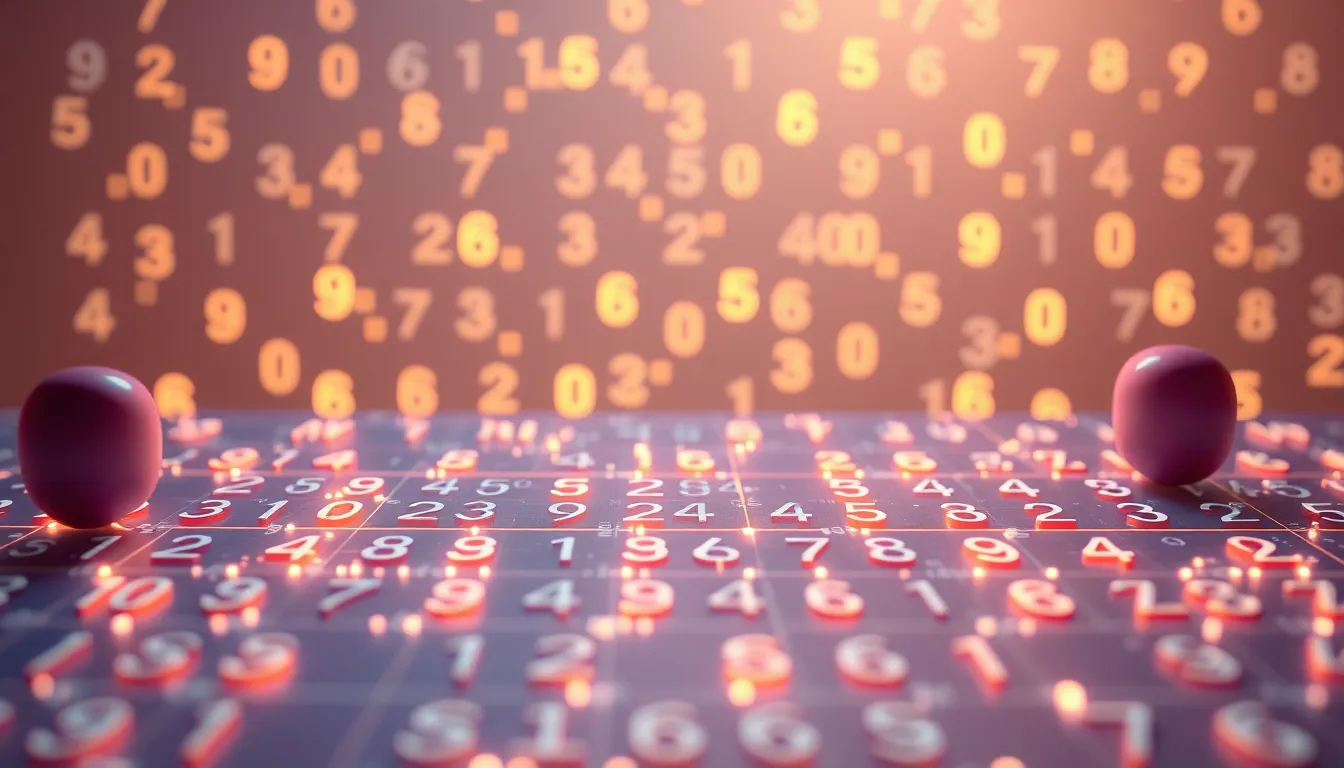
Discrete Mathematics
What Is Discrete Mathematics?
Discrete mathematics studies objects that are separate and distinct, not continuous.
It deals with things you can count: numbers, graphs, sets, and logical statements.
Unlike calculus, which looks at smooth curves, discrete math focuses on individual steps and exact values.
Key Ideas
- Sets And Subsets – Collections of items, like a set of friends or a set of prime numbers.
- Logic And Proofs – Rules for true/false statements and ways to show why something must be true.
- Counting (Combinatorics) – Techniques for figuring out how many ways you can arrange or select objects.
- Graphs And Networks – Points (vertices) connected by lines (edges) that model social networks, road maps, or computer circuits.
- Algorithms – Step‑by‑step procedures for solving problems, such as sorting a list of names.
Why It Matters
Discrete math is the foundation of computer science, cryptography, and data science.
It helps you understand how computers store information, how internet security works, and how to solve puzzles efficiently.
Learning these concepts builds logical thinking, problem‑solving skills, and a solid base for future STEM studies.